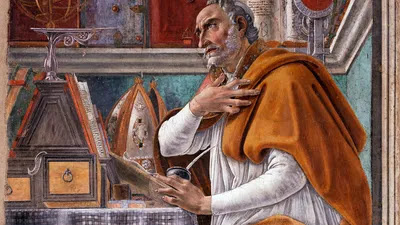On Augustine's Treatise Concerning the Correction of the Donatists

Text of Augustine's Treatise The origins of the Donatist controversy are to be found in the Diocletian persecution of the early fourth century, during which many clergymen surrendered “sacred books” under duress. This would prove to be the final imperial attack on the Church, as the persecution of Christians within the empire was brought to an end with Constantine’s “Edict of Milan” in AD 313. [1] The issue began with the disciples of one Donatus moving to have him consecrated Bishop of Carthage that same year, [2] as the rival of Caecilianus, who – so claimed the Donatists – had been consecrated two years earlier by a Bishop who was a “traditor” (i.e. “surrenderer” of sacred Scripture), thus nullifying Caecilianus’ episcopal consecration (cf. Treatise 1.5). The Donatists contended that those clergy who had proven themselves unworthy during the persecution were not only forbidden to return to their ministry, but also that whatever sacram...

